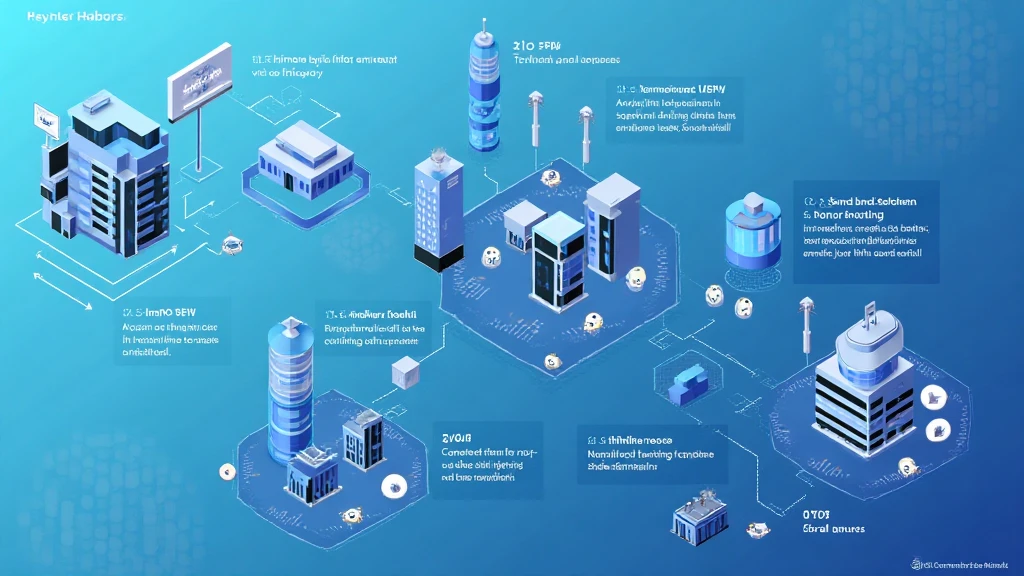Bitcoin Mining Difficulty Adjustments: Understanding the Dynamics
In the ever-evolving world of cryptocurrencies, Bitcoin stands as the beacon of decentralized finance. Yet, amidst its lofty price points and widespread adoption, the intrinsic mechanics of Bitcoin mining often remain elusive to many. One of the fundamental concepts that underpin the Bitcoin network’s stability is the process of Bitcoin mining difficulty adjustments.
With a staggering estimate of $4.1 billion lost to DeFi hacks in 2024, the security and predictability of blockchain mechanisms have never been more crucial. Understanding Bitcoin mining difficulty adjustments not only highlights the importance of network health but also showcases the resilience that the system provides to miners and investors alike.
This article aims to dissect the nuances of Bitcoin mining difficulty adjustments and illustrate their significance in the greater cryptocurrency ecosystem, particularly in markets like Vietnam where user adoption is increasing.

What is Bitcoin Mining Difficulty?
To understand the adjustments of Bitcoin mining difficulty, one must first grasp what mining difficulty entails. Mining difficulty is a measure of how hard it is to solve the mathematical puzzles that secure the Bitcoin network. It directly affects how many blocks can be successfully mined within a given period.
- The Bitcoin Protocol: Bitcoin operates on a set of rules defined by its underlying protocol, which includes an algorithm that adjusts mining difficulty approximately every two weeks.
- Breaking Down Blocks: Each block mined should occur roughly every 10 minutes, which necessitates adjustments to ensure that miners are not over-or under-producing based on the current hash rate.
The Adjustment Mechanism
The beauty of Bitcoin lies in its ability to self-regulate. The mining difficulty adjustment mechanism ensures that miners remain incentivized under varying conditions:
- Hash Rate Influence: The total computational power of all miners is referred to as the hash rate. A rise in the hash rate means mining is easier, prompting the protocol to increase difficulty to maintain the block time.
- Adjustment Interval: Every 2016 blocks, or roughly every two weeks, Bitcoin’s network analyzes the time it took to mine the previous blocks to determine if the difficulty needs adjustment.
Why Adjustments Matter?
Like a bank vault for digital assets, the adjustments ensure the integrity and security of the blockchain. If difficulty were static, it would lead to congestion, increased latency in transactions, and ultimately compromise the network’s health.
- Network Stability: Regular adjustments promote network stability, fostering trust among miners and users alike.
- Market Sentiment: Investors pay close attention to these dynamics, as fluctuations can signal market trends and shifts in investor confidence.
Vietnam’s Growing User Base and Mining Landscape
An interesting observation lies in the Vietnamese market. With a significant growth rate of cryptocurrency adoption in the region, understanding Bitcoin mining becomes essential for local investors:
- Adoption Growth: Vietnamese cryptocurrency users rose by 45% in 2024, demonstrating a strong interest in the crypto space.
- Mining Activity: As more Vietnamese individuals seek to participate in mining, understanding mining difficulty adjustments will guide their strategies and investments.
Challenges Faced by Miners
Vietnam’s burgeoning interest in mining comes with its own set of challenges:
- Electricity Costs: High electricity costs can impact profitability, particularly when difficulty increases.
- Market Volatility: Sudden drops in Bitcoin price can deter new participants from entering the mining space.
Strategies for New Miners
For prospective miners in Vietnam and beyond, employing effective strategies is key to navigating the complexities of mining difficulty:
- Join Mining Pools: Collaborating with others in a mining pool can provide a more stable income stream than solo mining.
- Invest in Efficient Hardware: Optimizing equipment can reduce overheads and ensure a competitive edge as difficulty increases.
The Future of Bitcoin Mining
Looking ahead, the future of Bitcoin mining and its difficulty adjustments will be influenced by several factors:
- Technological Advancements: New technologies in mining hardware continue to enhance efficiency and lower costs.
- Regulatory Landscape: As regulations evolve, they will impact how mining operations are conducted and how difficulty is perceived.
Conclusion
Understanding Bitcoin mining difficulty adjustments is vital for anyone engaged with cryptocurrencies, especially in rapidly growing markets like Vietnam. As miners adapt to these challenges, the health and integrity of the Bitcoin network continue to thrive, securing trust and innovation within the blockchain space.
As blockchain technology progresses, the mining community must remain informed and agile. To continue your journey in the crypto space, be sure to stay updated with trusted resources like cryptosalaryincubator.
About the Author: John Smith, a renowned blockchain consultant, has published over 30 papers in the field and has led audits for several well-known projects in the cryptocurrency space.





